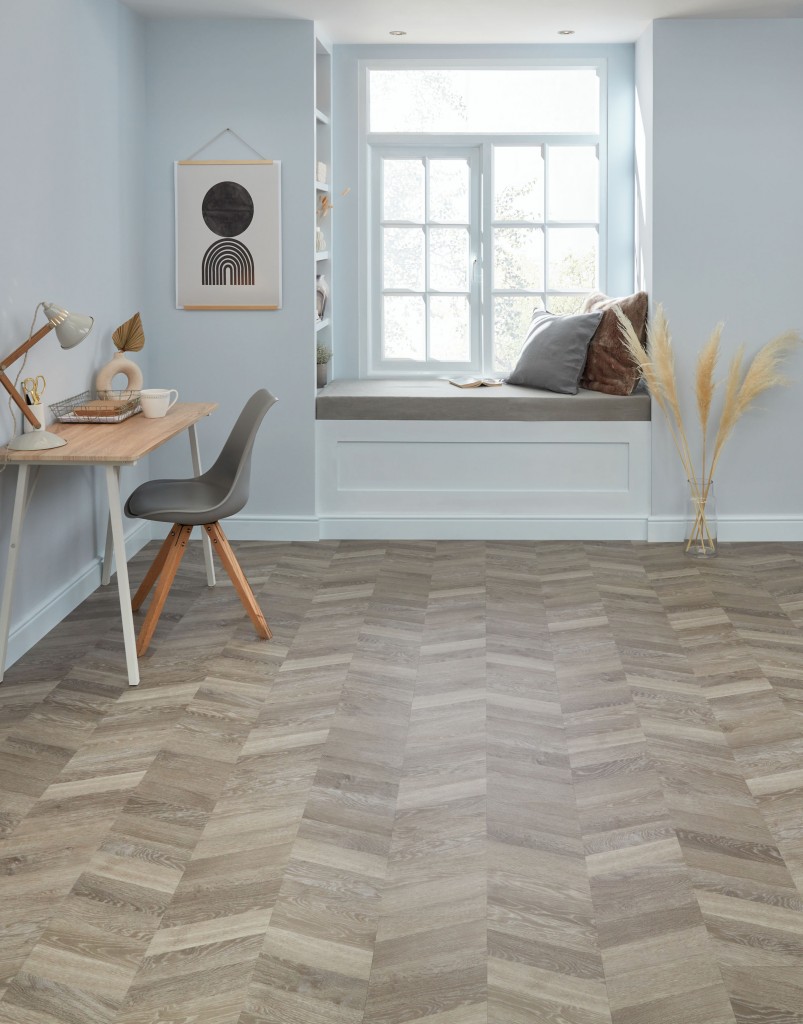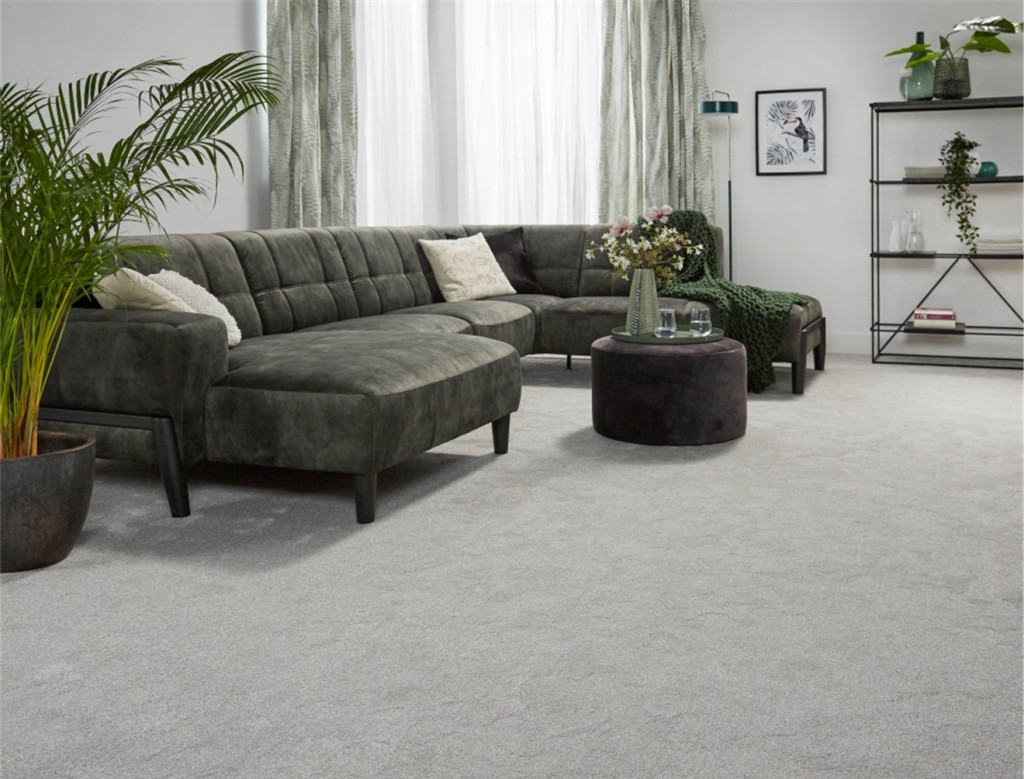

PRESS RELEASE
September 2023
DESIGNS ON DENSITY
While increasing densification of UK cities may please advocates of sustainability, the benefits of close quarter living need careful balancing with sound reduction strategies. Louise Walters, commercial director for the UK’s largest flooring contractor, Designer Contracts, looks at the implications within that for floorcoverings.
The UK may lag well behind the likes of Tokyo – or even southern European towns and villages – in terms of the density of our communities. But advocates of sustainability argue that the denser a city, the less energy is used per person than in suburban or rural areas where people are spread over a wider distance and need to travel further and more often.
It is also maintained that less waste is produced by dense cities (smaller spaces take less energy to heat and cool) and it keeps shops, buses, doctors, nurseries and schools within walking distance. The less dense our cities are, the further they sprawl, and the worse the traffic problems are.
The flip side of what has essentially translated into city centre tower block living are the problems of noise pollution and developers are keenly aware of the role which floorcoverings have in managing that.
It means that selecting the right type of floor covering can be more complicated than just choosing the one that looks the best. In new build properties, and apartment blocks in particular, reducing the impact of sound is a key consideration.
It is vital because sound transmission through floors and impact noise (footfalls) accounts for 60% of all domestic noise complaints. Add in the sound of technical installations, elevators, water pipes, etc. and it can add up to a great source of irritation.*
Acoustic flooring, therefore, needs to prevent both the transmission of impact sound (the sound energy generated within the building by footfall, moving furniture etc) and airborne sound (radios, TVs, speakers etc). A flooring material’s effectiveness at preventing impact noise is measured by its impact insulation class (ICC) while airborne sound is measure it sound transmission class (STC). All important considerations
Carpet has long been a popular choice for noise reduction and remains a top pick for many areas of the home. An exceptional sound absorber, carpet is said to reduce the sound of walking by 25 to 34 decibels as it absorbs impact vibrations at source, before they have chance to enter the structure. It also reduces noise in the living space itself, as well as noise from neighbours.
According to one manufacturer’s website, the reverberation time (reflection time for sound waves) in a carpeted room is halved, creating a soft atmosphere where people talk more quietly. In addition, carpet also substantially reduces noise nuisance from road traffic and construction work.
The noise reduction properties of carpet can be further improved by a good quality underlay. This not only enhances the comfort of carpet by providing additional underfoot cushioning, it also acts as a further barrier to sound, reducing noise and improving acoustics.
That said, there is no getting away from the fashionability of hard flooring choices, particularly luxury vinyl tiles and laminate or wood. A good quality laminate underlay will reduce impact sound and the flexible nature of LVT means that it absorbs sound. Here, dB ratings can help customers with their choice.
Designer Contracts offers a variety of LVT ranges to meet the various requirements that developers have, including both click and dry back options with some offering built-in sound reducing underlays.
With so many aspects for developers, contractors and specifiers to consider when selecting flooring for high density developments, a material’s acoustic quality is just one factor in the equation. A flooring contractor can walk you through all the points to consider so you can choose the material that makes the most sense for your building’s specific needs, while taking your budget into consideration.
*The Building Performance Centre, Napier University, Edinburgh, 2002
Designer Contracts operates nationally. As well as flooring, the company provides blinds and curtains, furniture and lighting, and operates a show home interior design service division.
